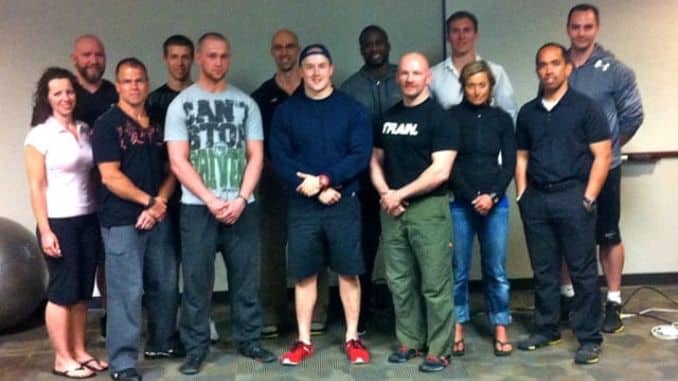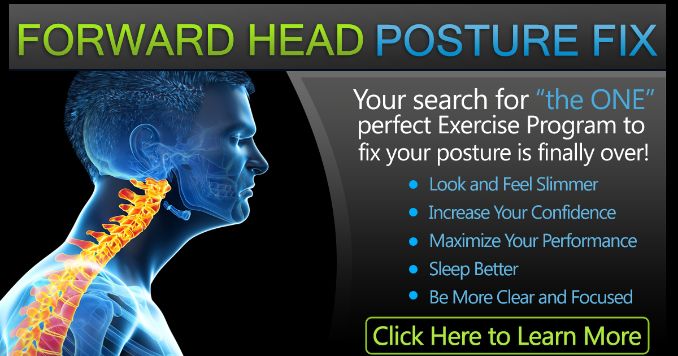
The spine and the core are two essential areas of the body that support a healthy, pain-free lifestyle. These areas work together to create balance in not only our posture but also our day-to-day activities. When either of these systems is weakened or injured, it can lead to strength and mobility problems resulting in chronic pain, numbness, and weakness.
These two areas are further broken down into different segments: the lumbar spine, thoracic spine, and cervical spine for the core and the coccyx, vertebral column (sacrum and ribs), and intervertebral discs for the spine. Both are essential in supporting your body’s posture and ability to move independently without putting stress on other body parts. A balanced core helps with postural alignment while protecting the back from stressors like lifting heavy objects or if you’re a desk jockey who spends too much time hunched over a computer screen. It also enhances coordination when performing various physical tasks such as lifting or twisting.
What is a Rehabilitated Core?
A rehabilitated core has undergone a period of strengthening exercises to heal injuries and to enhance re- muscles. The center is often injured during pregnancy, car accidents, lifting injuries, and other activities that stress the body. A core injury can lead to shoulder pain, poor posture, and pelvic and back pain. A rehabilitated core is a healthy and strong core that has undergone a period of strengthening exercises to heal injuries and to enhance re- muscles.
Exercises for rehabilitating the core and spine
1. Hanging Leg Raise
This exercise strengthens the abdominals and the lower back to eliminate the risk of lower back pain.
2. Rotation Twist
A twist is a valuable way of testing whether or not your core is in balance. In this exercise, you want to feel the twist evenly throughout your body, especially your spine.
3. Bird Dog
This exercise increases spinal mobility while strengthening the core and lower back muscles.
Benefits of Core Rehabilitation
A rehabilitated core supports a healthy, balanced body. It facilitates improved posture, muscle coordination, strength, and endurance. Plus, it can help prevent injuries by providing the body with added support during physical activity or strenuous tasks.
More clips from the Spinal Health and Core Training weekend.
We shared our knowledge and experience with these trainers and coaches a great weekend.
The trainers and coaches came from Vancouver, Alberta, Newfoundland, and California.
Here is some of the feedback from them:
“The Best Seminar/Workshop I Have Attended.”
– Sean Haussmann
“I found the course very useful and hands-on. The seminar shed light on things that I was not aware of when it came to the core and different exercise movements.”
– Andy Sidor
If you could not make it to the metropolis of Edmonton, here are a few clips from Jeff and me.
Exercise Rehabilitation of the Core and Spine with Rick Kaselj
CLICK HERE to watch a clip from Exercise Rehabilitation of the Core and Spine with Rick Kaselj
In the above video, I talk about:
- progressions for inner unit exercises
- common mistakes trainers make with abdominal training and lower back pain
- how hard of a contraction do you need to do to activate your deep abdominals
- a great example of how the more profound and outer abdominals work together
- who should do deep abdominal work
- re-thinking the stretch time in a client’s program
Assessment & Pre-habilitation of the Core and Spine with Dr. Jeff Cubos
CLICK HERE to watch a clip from Assessment & Pre-habilitation of the Core and Spine with Dr. Jeff Cubos
Conclusion
The spine and core are two essential areas of the body that support a healthy lifestyle. When either of these areas is weakened or injured, it can lead to strength and mobility problems resulting in chronic pain, numbness, and weakness. These two areas are further broken down into different segments: the lumbar spine, thoracic spine, and cervical spine for the core and the coccyx, vertebral column (sacrum and ribs), and intervertebral discs for the spine. Both are essential in supporting your body’s posture and ability to move independently without putting stress on other body parts. A balanced core helps with postural alignment while protecting the back from stressors like lifting heavy objects or spending too much time hunched over a computer screen. It also enhances coordination when performing various physical tasks such as lifting or twisting.
That is it for now.
Take care.
Rick Kaselj, MS


